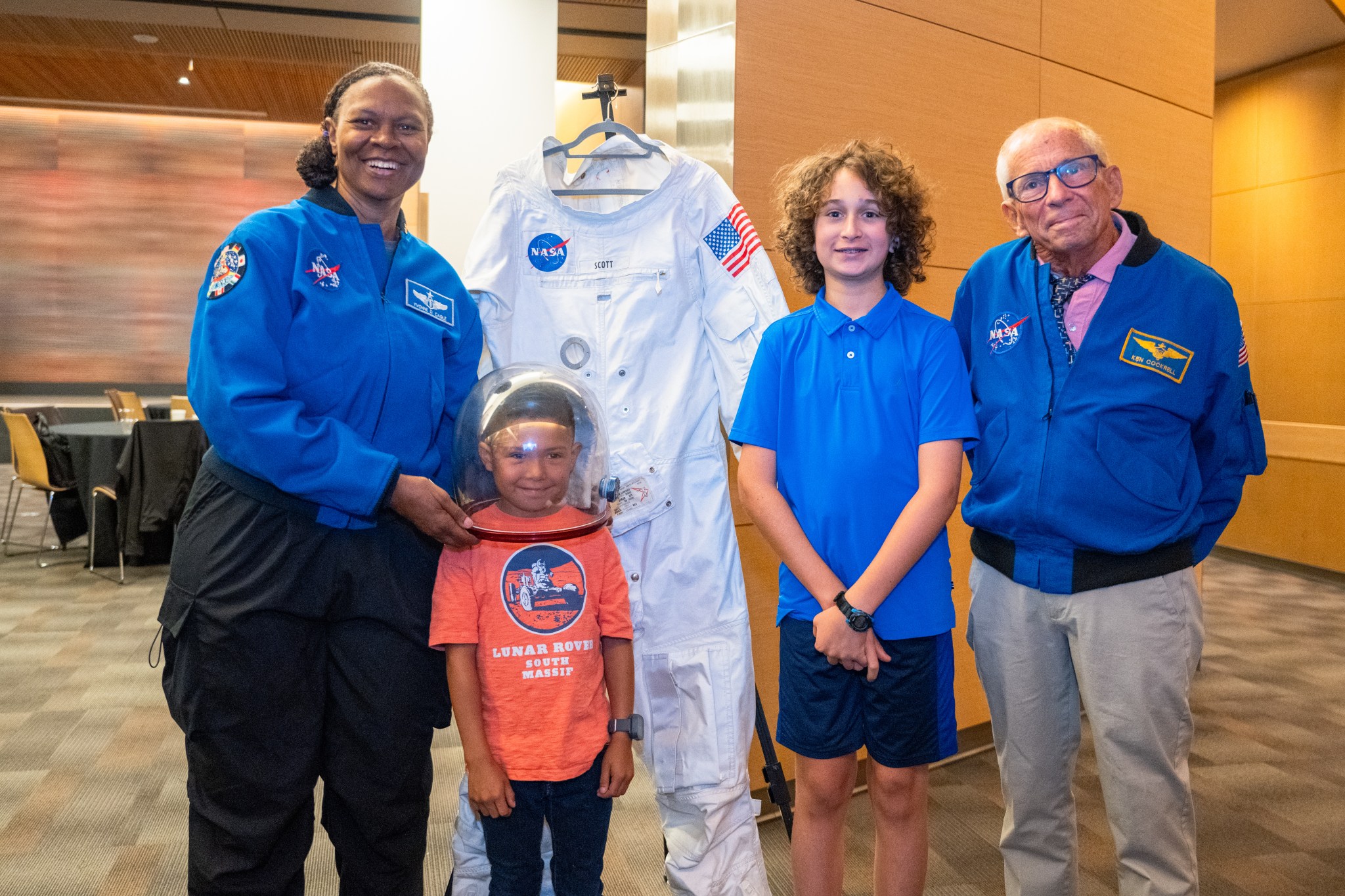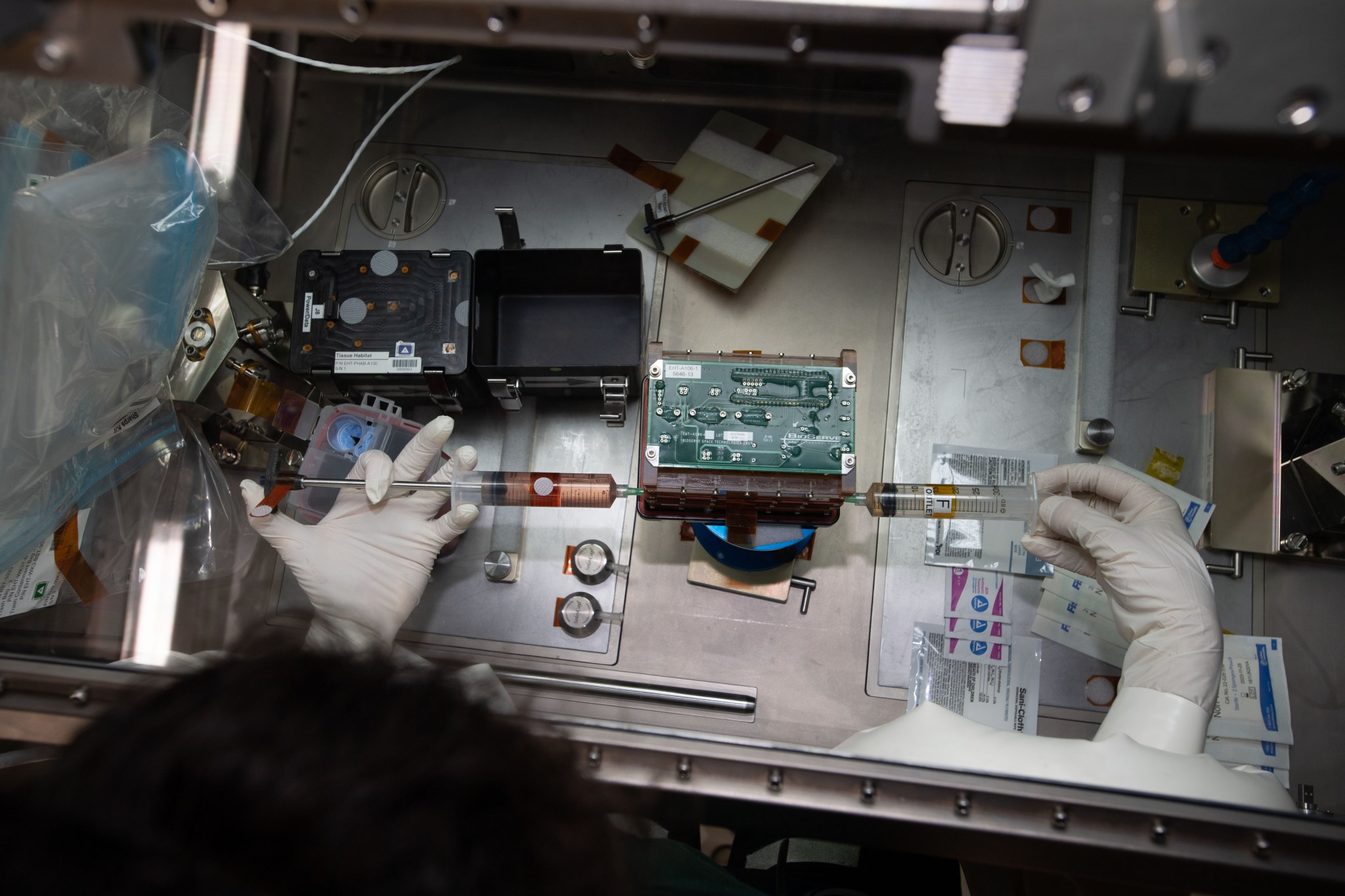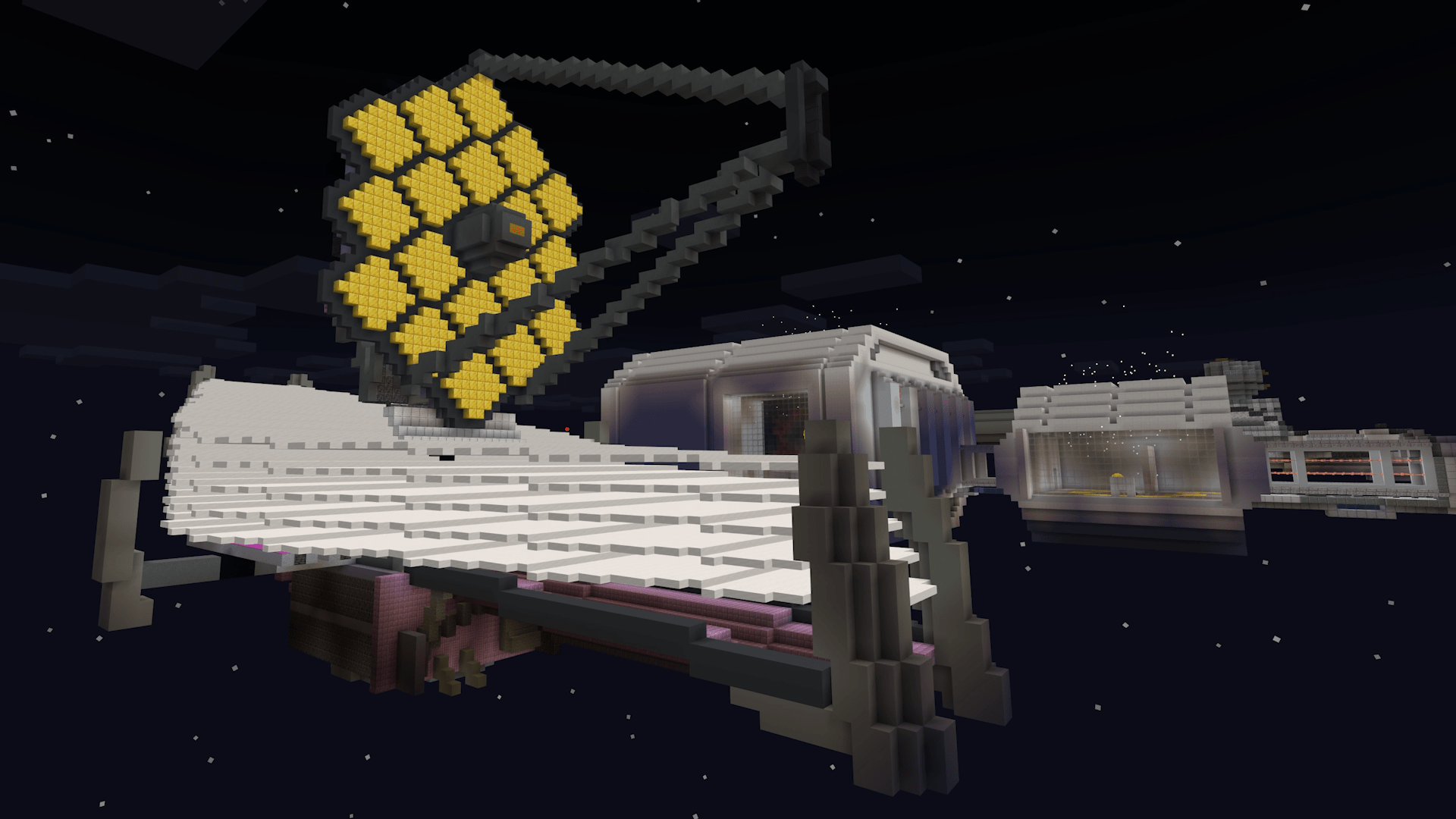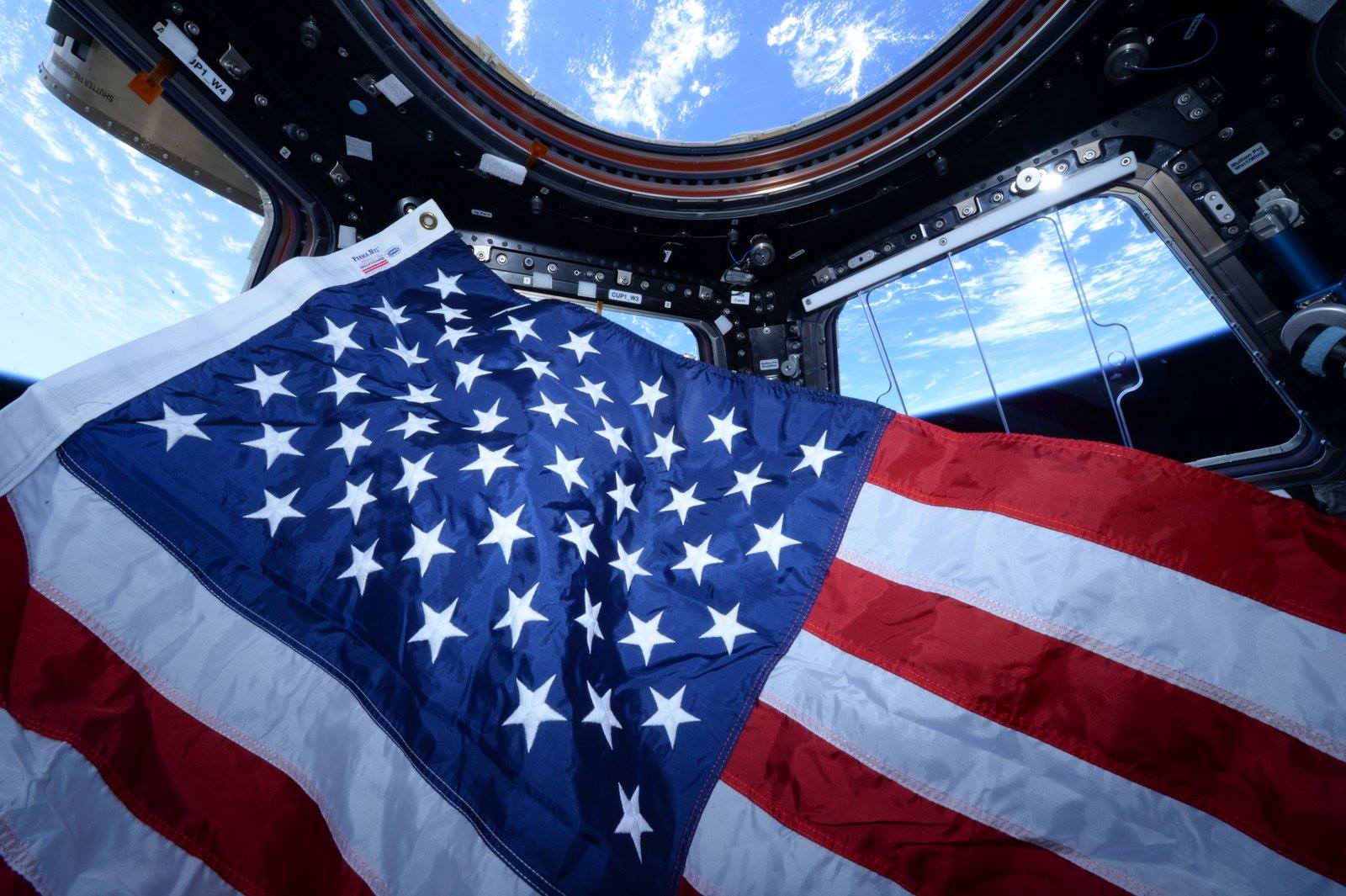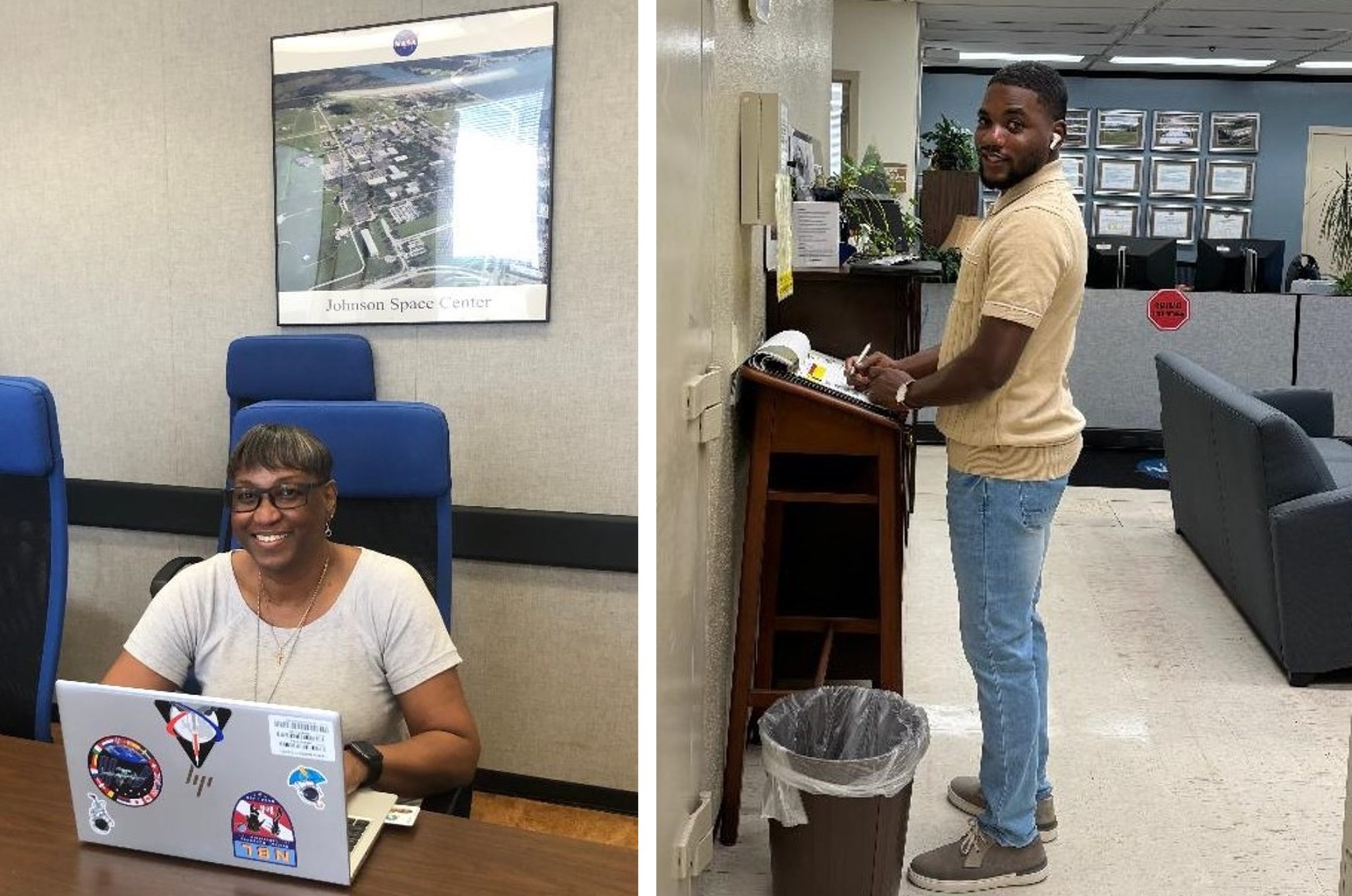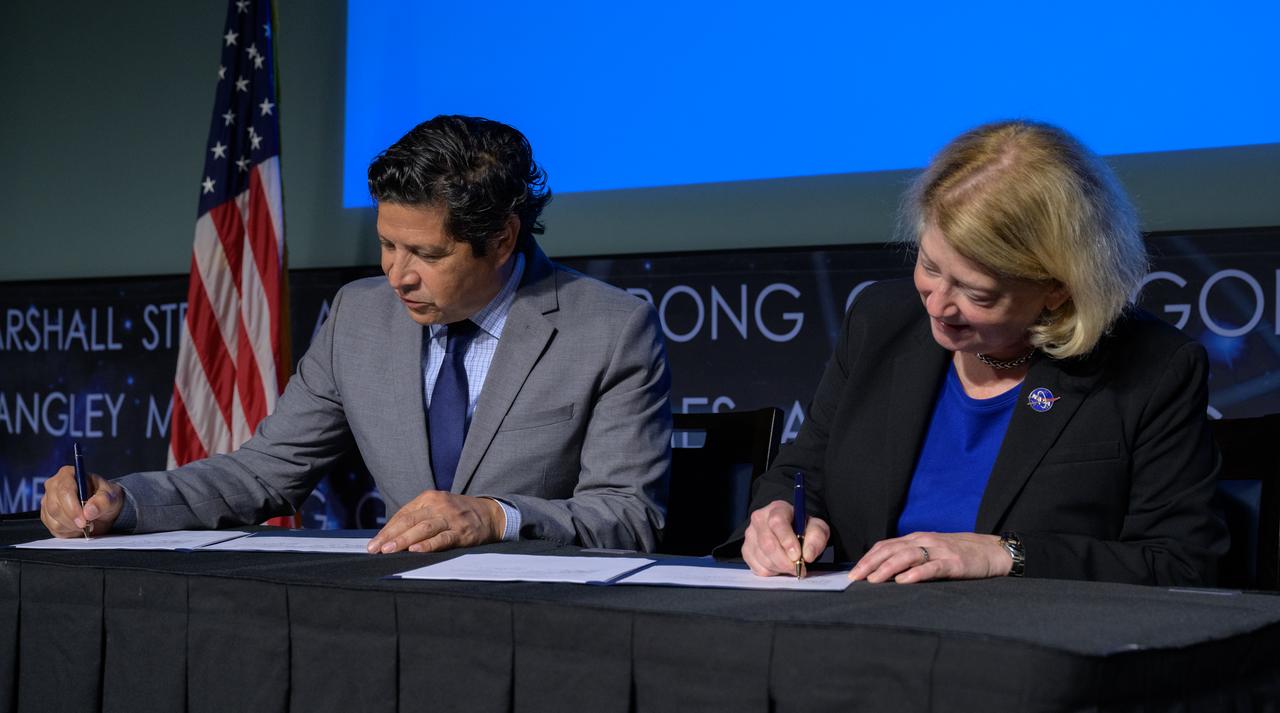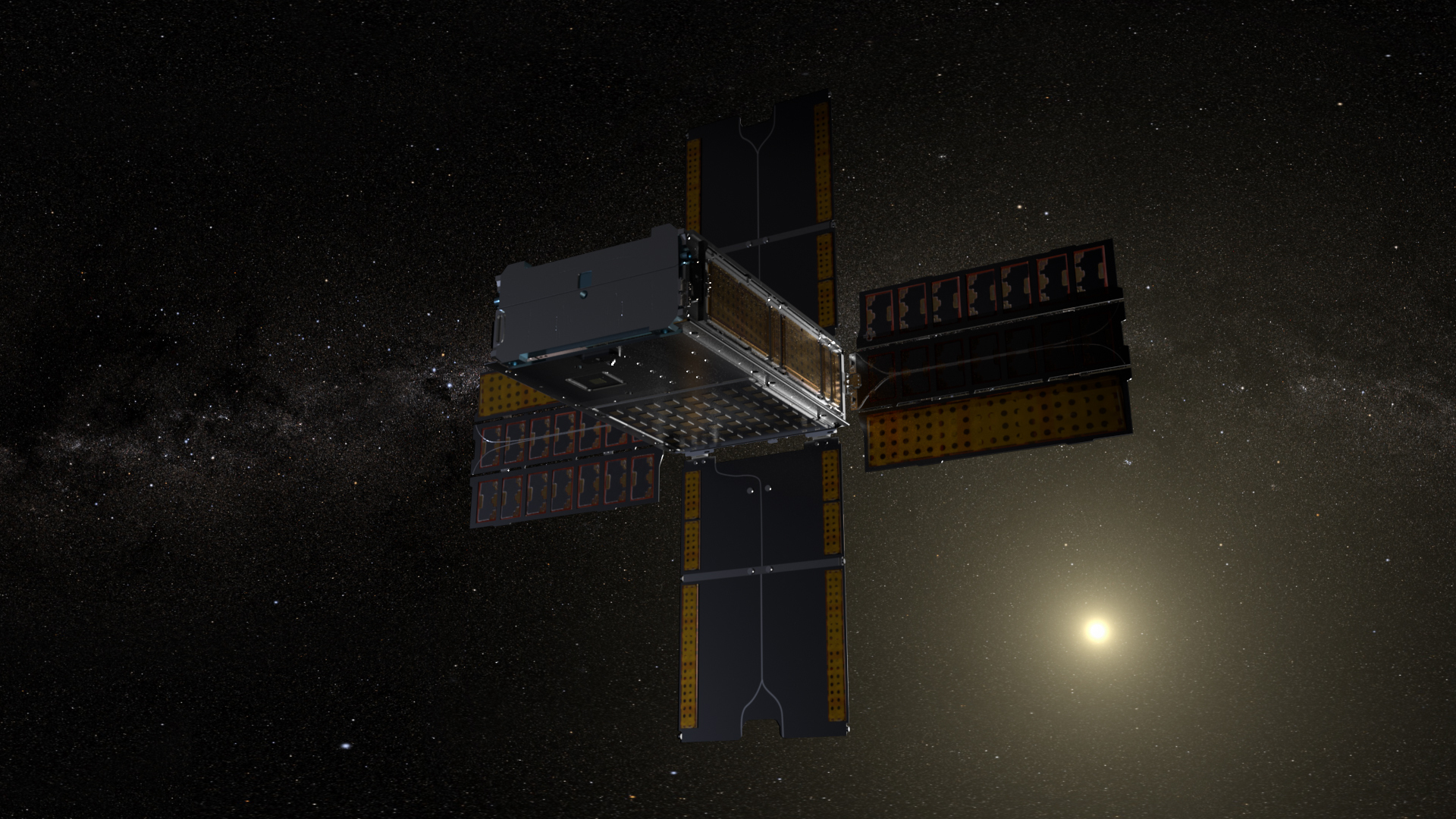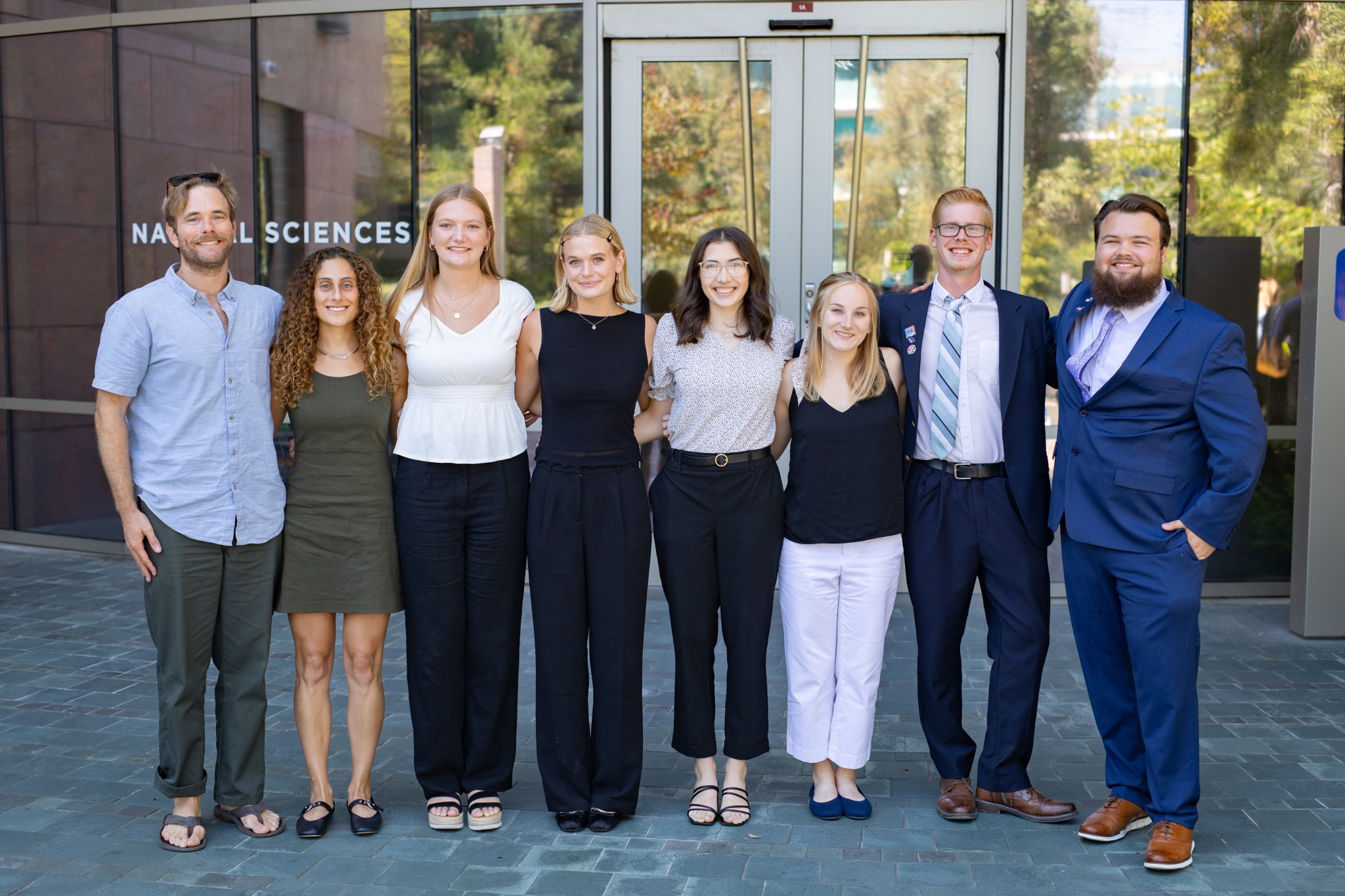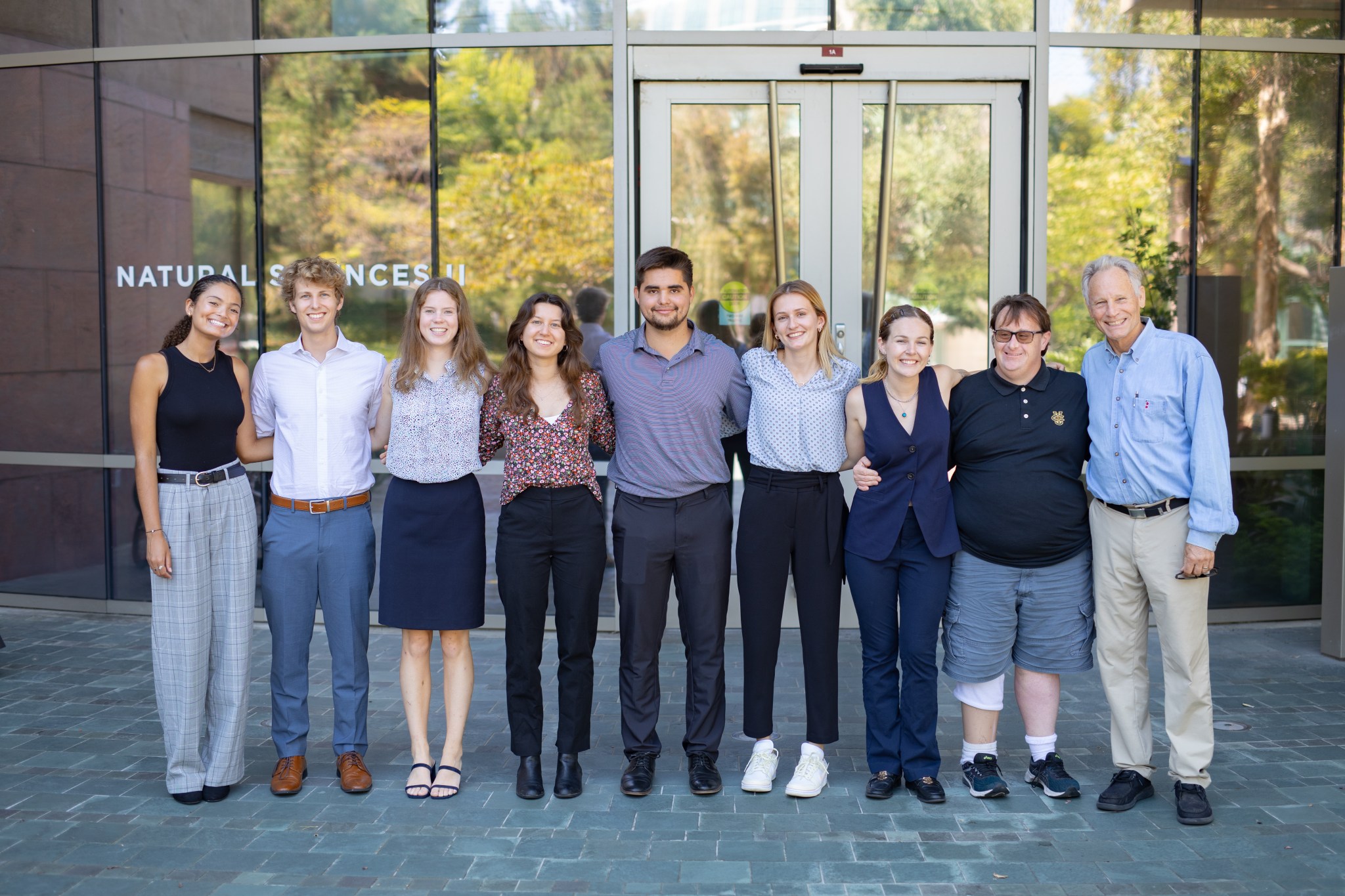NASA canvases the areas impacted by Hurricane Milton using cloud-penetrating L-band radar providing responders insight into flooding across Florida. NASA In the wake of Hurricane Milton, NASA is deploying resources to support Federal Emergency Management Agency (FEMA) and state emergency management agencies to aid their response effort including satellite and aerial data collection. The agency’s Disasters Response Coordination System and Airborne Science Program are began conducting flights Friday to provide emergency responders with better insight into flooding, damage in Florida, and debris. “After the devastating impact from hurricanes Helene and…
Read MoreTag: General
NASA Astronauts, Leadership Visit Children’s Hospital, Cancer Moonshot Event
2 min read Preparations for Next Moonwalk Simulations Underway (and Underwater) NASA astronaut Yvonne Cagle and former astronaut Kenneth Cockrell pose with Eli Toribio and Rhydian Daniels at the University of California, San Francisco Bakar Cancer Hospital. Patients gathered to meet the astronauts and learn more about human spaceflight and NASA’s cancer research efforts. NASA/Brandon Torres Navarrete NASA astronauts, scientists, and researchers, and leadership from the University of California, San Francisco (UCSF) met with cancer patients and gathered in a discussion about potential research opportunities and collaborations as part of…
Read MoreStation Science Top News: Oct. 4, 2024
Engineered heart tissues in space showed impairments that led to increased arrhythmias and loss of muscle strength, changes similar to cardiac aging. This finding suggests that the engineered tissues, essentially an automated heart-on-a-chip platform, can be used to study cardiac issues in space and aging-related cardiovascular disease on Earth. Microgravity exposure is known to cause changes in cardiovascular function similar to those seen with aging on Earth. Engineered Heart Tissues assessed these changes using 3D cultured cardiac muscle tissue. The 3D cultures, grown with special scaffolds and derived from human cells, are better at…
Read MoreJourney Through Stars with NASA in New Minecraft Game
A preview image of the Minecraft world inspired by NASA’s James Webb Space Telescope. Credit: Minecraft NASA invites gamers, educators, and students to grab their pickaxe and check out its latest collaboration with Minecraft exploring a new world inspired by the agency’s James Webb Space Telescope. The partnership allows creators to experience NASA’s discoveries with interactive modules on star formation, planets, and galaxy types, modeled using real Webb images. The James Webb Space Telescope Challenges were developed to inspire the next generation of scientists, engineers, and technicians. Through the game, students…
Read MoreHow NASA Astronauts Vote from Space Aboard International Space Station
3 min read Preparations for Next Moonwalk Simulations Underway (and Underwater) The American flag inside the cupola of the International Space Station (Credits: NASA). Credit: NASA NASA astronauts aboard the International Space Station have the opportunity to vote in general elections through absentee ballots or early voting in coordination with the county clerk’s office where they live. So, how is voting from space possible? Through NASA’s Space Communication and Navigation (SCaN) Program. Similar to most data transmitted between the space station and the Mission Control Center at NASA’s Johnson Space…
Read MoreFacility Managers, Assemble: Protecting Johnson Space Center’s People and Places
Not all heroes wear capes (or blue flight suits). At Johnson Space Center in Houston, the heroes might train their colleagues how to safely respond and evacuate their office in an emergency. They might investigate office accidents and remove potential hazards. Or they might help fix a leaky bathroom sink or a broken coffee maker. Those heroes are approximately 135 on-site facility managers who ensure the safety and health of every building and its occupants. Established in 2009, the Facility Manager program encompasses buildings at Johnson Space Center, Sonny Carter…
Read MoreNASA Continues Advancing STEM for Students Through New Partnership
2 min read Preparations for Next Moonwalk Simulations Underway (and Underwater) President and CEO of the Hispanic Heritage Foundation Jose Antonio Tijerino, left, and NASA Deputy Administrator Pam Melroy, sign a Space Act Agreement between the HHF and NASA to collaborate and expand STEM opportunities for Latino K-12 and university students and reduce barriers to agency activities and opportunities, Monday, Sept. 30, 2024, at the NASA Headquarters Mary W. Jackson Building in Washington. NASA/Bill Ingalls During an event at NASA Headquarters in Washington Monday, the agency and the Hispanic Heritage…
Read MoreNASA’s BioSentinel Studies Solar Radiation as Earth Watches Aurora
Illustration of NASA’s BioSentinel spacecraft as it enters a heliocentric orbit. BioSentinel collected data during the May 2024 geomagnetic storm that hit Earth to learn more about the impacts of radiation in deep space. NASA/Daniel Rutter In May 2024, a geomagnetic storm hit Earth, sending auroras across the planet’s skies in a once-in-a-generation light display. These dazzling sights are possible because of the interaction of coronal mass ejections – explosions of plasma and magnetic field from the Sun – with Earth’s magnetic field, which protects us from the radiation the…
Read MoreSARP West 2024 Oceans Group
9 min read Preparations for Next Moonwalk Simulations Underway (and Underwater) The Oceans group, from the 2024 Student Airborne Research Program (SARP) West Coast cohort, poses in front of the natural sciences building at UC Irvine, during their final presentations on August 13, 2024. NASA Ames/Milan Loiacono Faculty Advisor: Dr. Henry Houskeeper, Woods Hole Oceanographic Institute Graduate Mentor: Lori Berberian, University of California, Los Angeles Lori Berberian, Graduate Mentor Lori Berberian graduate student mentor for the 2024 SARP West Oceans group, provides an introduction for each of the group members…
Read MoreSARP West 2024 Whole Air Sampling (WAS) Group
10 min read Preparations for Next Moonwalk Simulations Underway (and Underwater) The Whole Air Sampling (WAS) group, from the 2024 Student Airborne Research Program (SARP) West Coast cohort, poses in front of the natural sciences building at UC Irvine, during their final presentations on August 13, 2024. NASA Ames/Milan Loiacono Faculty Advisor: Dr. Donald Blake, University of California, Irvine Graduate Mentor: Katherine Paredero, Georgia Institute of Technology Katherine Paredero, Graduate Mentor Katherine Paredero, graduate student mentor for the 2024 SARP West Whole Air Sampling (WAS) group, provides an introduction for…
Read More
